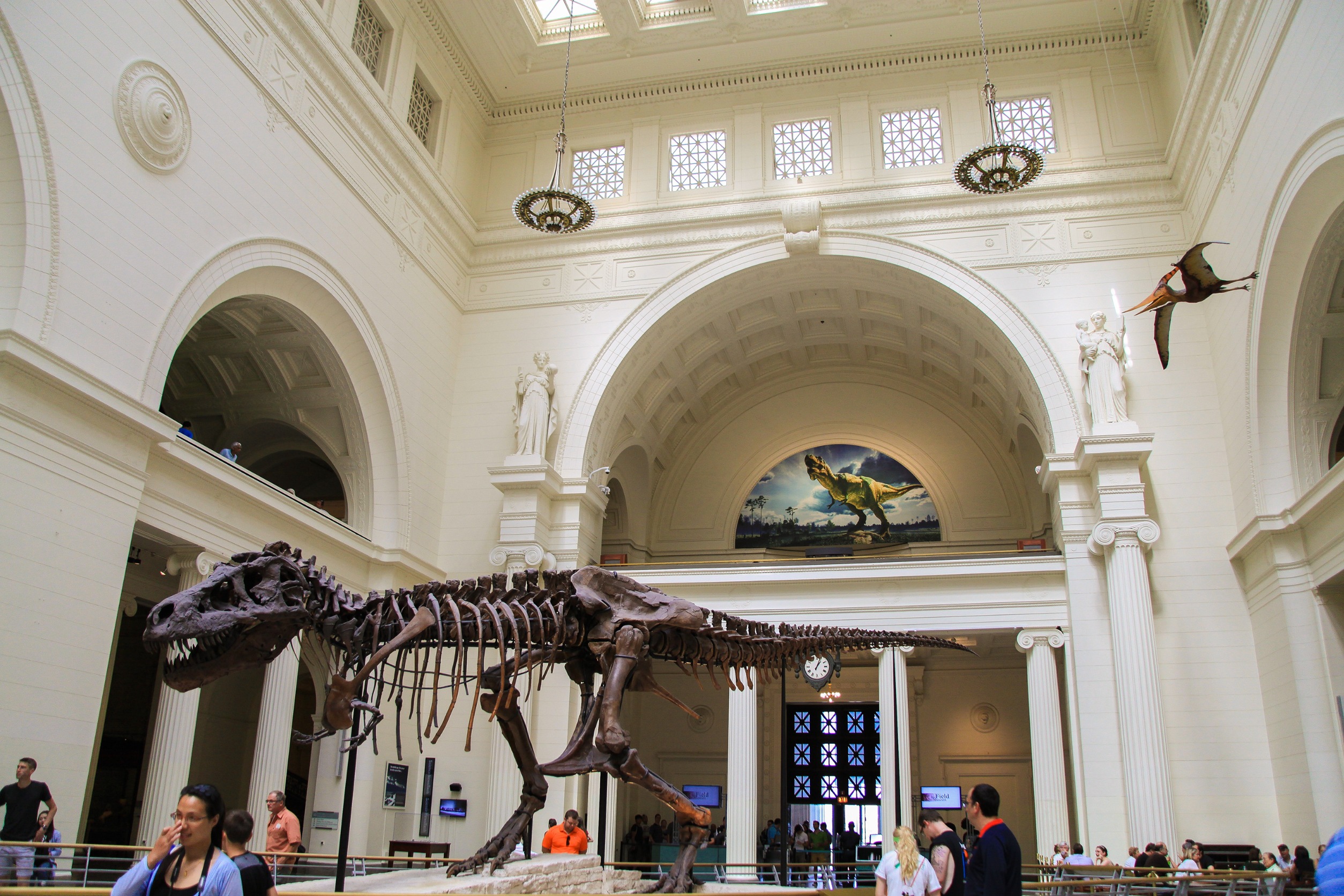Museums are more than just exhibits. They are living organisms that educate, promote and preserve the topics they care about. Many roles and efforts go into it; in this guide, we’ll discuss the legal basics every museum operator should know, to properly run a successful institution.
What is a Museum’s Main Purpose?
- Acquisition: works, collections, funds (to acquire works). This can be art, manuscripts, objects, digital media or other property. Each requires a case by case analysis on the rights involved (image, intellectual property), to make sure that you are free to use the items in a lawful fashion, exploit them commercially, display for a certain time, promote in media, and others. An important component of a museum’s operations is to acquire these assets (whether purchase, loan, lease, grant or other conveyance)
- Education: there’s guides, books, scholars and other purveyors of information. Museums play a key role in being brain trusts of the topics they represent. As such, they are involved in publishing works of authorship, funding research and investigation and gathering expert minds. These efforts raise legal questions such as: who owns the research, and the rights to income from published works?
- Conservation: This means keeping safe precious items, such as works of art; but also restoring older materials, like scrolls, pottery and other discoveries. There is significant risk involved, which requires careful consideration to contracting practices, insurance policies, as well as proper equipment and facilities.
- Promotion: hosting festivals, conferences, and other events; museums play a key role in maintaining their communities excited about their topics. In this purpose, there’s issues associated with ticketing, sponsorship and personnel that require legal consideration; to keep guests safe, and secure relationships with partners.
Who Creates a Museum?
Museums may be created by public entities like municipalities, agencies or government corporations; or they could be privately owned by individuals, companies and nonprofits. Depending on these ownership structures, the governance may vary; also, their ability to raise funds via, for example grants, loans or special assessments.
Just because a museum showcases subjects that are of “public interest” does not necessarily mean that the visiting public will have a say in how the museum is run, what it displays or how it discusses it. Depending on a museum’s ownership, will be the narrative and ideological proposition of the museum. It’s fair to say that museums of any kind are not neutral advocates for the topics they cover. They are very much influenced by the political, religious, economic and ideological interests of their owners.
How are Museums funded?
Museums need money not only for funding day to day operations. Museums also need funds for: acquisition of works and collections; conservation and preservation efforts; setting up exhibitions, curatorial research, design installation; educational programs; facility maintenance; staffing and administration; security and insurance; research and scholarship; advocacy for public awareness in support of the museum’s mission, and others. Here are some of the people that contribute to museum donations:
- Individual Donors: like collectors, enthusiasts, or philanthropists
- Foundations: that collect funds and direct them to specific purposes
- Corporations: via corporate social responsibility efforts
- Government Agencies: via grants, loans and assignments
- Artists and Art Collectors: to secure the legacy of the artist
- Estate Donors: who inherit works and items
- Members and Visitors: the general public
Here are some common ways museums get funded;
- Donations: from individual, corporate or institutional donors. This can be in the form of liquid funds, loans, works, property or other assets.
- Fundraising: Museums conduct fundraising efforts such as raffles, crowdsourcing, merchandise sales and others.
- Grants and Sponsorships: Museums can receive grants from government agencies, foundations, and other organizations to support specific projects, exhibitions, or programs. They may also seek corporate sponsorships for exhibitions and events.
- Educational Programs and Events: Many museums offer educational programs, workshops, and events for visitors of all ages. These programs can generate income through registration fees and ticket sales.
- Admission Fees: ticket entrance to exhibitions and events.
- Membership Programs: yearly subscriptions may include access to museum spaces, early bird discounts, exclusive offers.
- Gift Shops and Cafes:
- Venue Rentals: for weddings, corporate meetings, and parties.
- Endowments and Investments: Some museums have endowments or investment portfolios that generate income to support their operations. These funds are typically managed to provide a stable source of income over the long term.
What is an Endowment?
An endowment is a financial asset that is donated to the institution with the stipulation that the principal amount is invested to generate income, and only the income (or a portion of it) can be used for specific purposes. Endowments are typically created to provide long-term financial stability and support for an organization’s mission or activities.
The principal of an endowment is invested in a diversified portfolio of assets, such as stocks, bonds, and real estate, with the goal of generating returns over time. The income generated by the endowment can be used to support various activities, such as funding scholarships, supporting research, maintaining facilities, or acquiring new artworks for a museum.
How do Museums Acquire Works?
Once funded, museums must endeavor to acquire the works and items that they are to display. Acquisition may come in many forms. Museums can buy works outright, lease the works for a limited period, receive as donation without more, among many other ways. Here are a few of the most common ways museums acquire items:
- Donations: from individuals, corporations, and foundations. They may contribute works or items directly; or provide funds for the museum to purchase pieces.
- Purchases: they may use funds from their operating budgets, endowments, or specific acquisition funds for this purpose.
- Grants: from government agencies, foundations, and other organizations to acquire artworks. They may be designated for specific acquisitions; or for broader purposes like collection development.
- Bequests: individuals leave artworks in their wills. Museums may also receive endowments or funds for acquisitions through bequests.
- Exchanges: with other institutions or collectors.
- Long-term loans: from collectors or other institutions.
Who owns the Rights to Works and Collections?
When museums purchase works to add to their collections, they generally acquire certain rights related to ownership and use of the artwork. These rights can vary depending on the terms of the purchase agreement and any applicable laws or regulations. Some common rights that museums acquire when purchasing artworks include:
- Ownership: The museum acquires full ownership of the artwork, including the physical object and any associated rights, such as copyright and reproduction rights.
- Display and Exhibition: The museum has the right to display the artwork in its galleries and exhibition spaces, subject to any restrictions specified in the purchase agreement or by the artist or copyright holder.
- Reproduction: The museum may have the right to reproduce images of the artwork for educational, promotional, and archival purposes, subject to any restrictions specified in the purchase agreement or by the artist or copyright holder.
- Loan and Exchange: The museum may have the right to loan or exchange the artwork with other institutions, subject to any restrictions specified in the purchase agreement or by the artist or copyright holder.
- Conservation and Preservation: The museum is responsible for the conservation and preservation of the artwork to ensure its long-term survival and integrity.
- Deaccessioning: In some cases, the museum may reserve the right to deaccession (remove) the artwork from its collection, subject to ethical guidelines and legal requirements.
- Intellectual Property Rights: The museum may acquire certain intellectual property rights associated with the artwork, such as copyright, moral rights, and other related rights.
Who Runs a Museum?
Although the hierarchy of governance in a Museum depends on the ownership structure, generally the museum will be run by a combination of the following persons and entities:
- Board of Trustees or Directors: overseeing the museum’s governance, policies, and long-term strategic planning. Appoints the museum director. Provides oversight on financial and operational matters.
- Museum Director: overall management and administration of the museum; operations, finances, programming, and staff. Report to the board of trustees or directors.
- Senior Management Team: curatorial, education, development, marketing, and finance. Report to the museum director and help oversee the day-to-day operations of the museum.
- Curators and Educators: responsible for managing the museum’s collections and developing educational programs
- Collections and Conservation Staff: responsible for the care, preservation, and documentation of the museum’s collections.
- Visitor Services and Front-line Staff: ticketing, security, and customer service representatives who interact directly with visitors.
Have questions about your museum institution? Feel free to reach out for a consultation.
Information provided for educational purposes, not legal advice*


